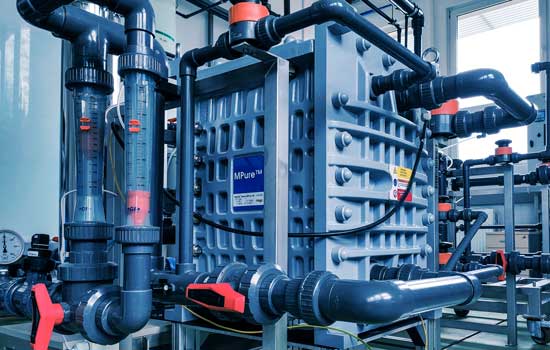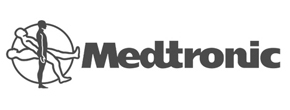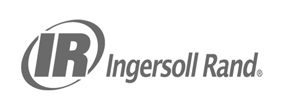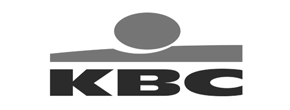One Eight supply, maintain and Install EDI Systems for our client companies. But what exactly is EDI?. Electrodeionisation (EDI) is an advanced water purification technology that combines ion exchange and electrodialysis processes to produce high-purity water continuously and without the need for chemical regeneration. Here’s how an EDI system works:
Ion Exchange Resin Beds: An EDI system typically contains alternating layers of ion exchange resin and ion-selective membranes arranged in a stack configuration. The ion exchange resin beds are similar to those used in traditional deionization systems and are capable of removing ions from water through ion exchange processes.

Feed Water Inlet: The water to be purified, often referred to as the feed water or influent, enters the EDI system through an inlet.
Electric Field Application: Once inside the EDI module, an electric field is applied across the resin beds and ion-selective membranes. This electric field creates a migration of ions within the water towards oppositely charged electrodes.
Ion Migration: As the electric field is applied, positively charged ions (cations) migrate towards the negatively charged electrode (cathode), while negatively charged ions (anions) migrate towards the positively charged electrode (anode). This movement of ions helps to continuously regenerate the ion exchange resin beds, preventing their exhaustion.
Ion Exchange and Electrodialysis: Within the resin beds, ion exchange occurs as ions in the water are exchanged with ions bound to the resin. Simultaneously, the ion-selective membranes allow only specific ions to pass through, separating them from the bulk water stream.
Purified Water Generation: As the ions are removed from the water and transported through the resin beds and membranes, purified water is produced and collected. This purified water typically exits the EDI system through an outlet.
Concentrate Stream: Alongside the purified water, there is also a concentrate stream containing the ions removed from the feed water. This concentrate stream is periodically flushed out of the system to prevent the buildup of impurities.
Continuous Operation: One of the key advantages of EDI systems is their ability to operate continuously without the need for chemical regeneration, unlike traditional ion exchange systems. This makes them suitable for applications requiring high-purity water, such as pharmaceutical manufacturing, electronics production, and power generation.

Overall, an EDI system combines the principles of ion exchange and electrodialysis to provide a reliable and efficient method for producing high-purity water on a continuous basis.



















